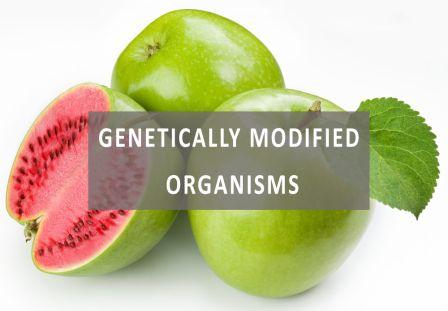Genetically modified organisms have been on the market for 20 years. Society is benefitting through the commercialization and cultivation of genetic modification. Today, specific GMOs are present in crops in several countries, some of which are poor.
Some Specific Genetically Modified Organisms (GMOs)
The increased scope of genetically modified organisms in agronomic practices. Biotechnology fields are helping nations alleviate poverty among farmers and helping them with resources.
GMOs are those plants and animals that undergo a transformed gene process. And their DNA is replaced with other species of bacteria, living organisms, or viruses.
This acquires desired traits or to tackle pests. Some specific GMOs in this environment are soy protein, corn starch, canola, alfalfa, and sugar beets.
In Canada, herbicide-resistant canola exists, which is helpful in the country in substantial value exports.
Are GMOs safe?
Genetically modified organisms are safe in various countries. They undergo a process in which genetic engineering techniques are standard. Not every scientist agrees that they are safe to eat long-term.
According to the European Union, only a few genetically modified crops have been approved, and mandatory labeling has occurred for those products.
They are labeling GMOs as recommended by scientists, so they fear that these products may cause allergies in human beings.
Food and Agriculture Association developed protocols for testing GMOs. Only products with non-allergic effects are available.
Many bills have passed regarding labeling GMOs to make their utilization possible for humans and animals. Labeling of GMO products for import purposes has been a consultation issue and a trade dispute in 2003.
Type of Food that Contain GMOs
GMOs are present in many approved commercial products. Their specific use for these products, i.e., herbicide tolerance, is implemented in soybeans.
In Corn, insect resistance is present; in canola, altered fatty acid composition exists; and in plum, virus resistance is incorporated.
Some products are under development for GMOs, such as rice for vitamin enrichment, tobacco, incorporation of vaccines, and maize for oral vaccines.
Coho salmon is under development for its effect of faster maturation as GMO. Potential GMO applications are supportive of further research and benefits.
For instance, microorganisms can clean the environment and act as biodegraders. In grocery stores, many products include GMOs, processed food, and crops containing them.
Soy milk contains GMOs and rice in it. Golden rice, which includes beta carotene, i.e., being developed and vitamin A, is known as aPhilippines.
GMO’s Impact on the Environment
Pesticides are genetically engineered seeds found in Dow AgroSciences, Pioneer, Syngenta, Monsanto, Bayer, and BASF.
These are the biggest producers of insecticides and chemical herbicides. The environmental effects of GMOs are to decrease greenhouse gas emissions and reduce the chemical insecticides used for insect-resistant crops. And conserve water with the help of drought-resistant crops.
Moreover, GMO vegetables and fruits are for more extended storage, thus reducing food wastage.
Due to the effect of genetically engineered seeds. There is less chance for pollination and less availability of nectar. The toxic residue of GM crops stays in the soil, and nutrients vanish.

